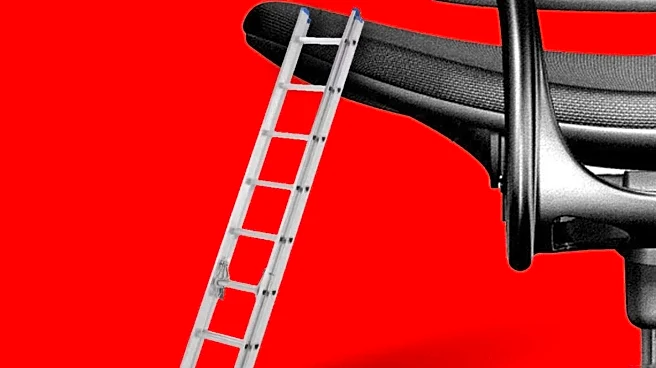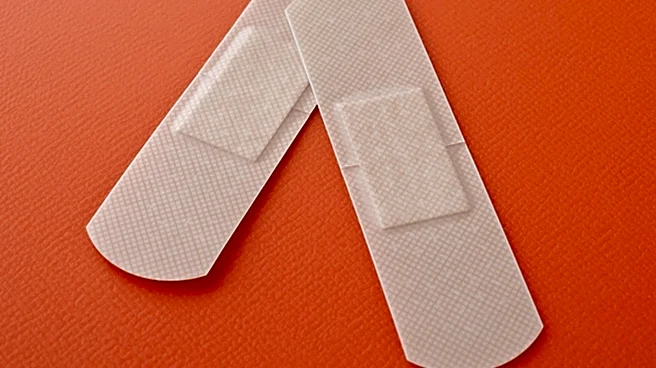What's Happening?
Levee Medical, a company specializing in medical devices for prostate cancer surgery patients, has announced that the American Medical Association's CPT Editorial Panel has approved a Category III CPT add-on
code for the placement of the Voro Urologic Scaffold. This code is applicable when the scaffold is used in conjunction with radical prostatectomy procedures. The new code is set to become effective on July 1, 2026, marking a significant step towards obtaining reimbursement for this procedure. The Voro Urologic Scaffold is designed to support the bladder neck and preserve urethral length, which are crucial for continence post-surgery. The scaffold is currently under evaluation in the ARID II clinical trial, which aims to demonstrate its safety and effectiveness.
Why It's Important?
The approval of a Category III CPT code is a critical milestone for Levee Medical, as it validates the technology and facilitates tracking of physician utilization. This development is significant for healthcare providers and patients, as it underscores the need for improved surgical options to manage stress urinary incontinence following prostate cancer surgery. The new code, supported by leading medical societies, could lead to better reimbursement processes, making the procedure more accessible to patients. This advancement highlights the ongoing efforts to enhance post-surgical outcomes and reduce complications associated with prostate cancer treatments.
What's Next?
The Voro Urologic Scaffold is currently being tested in the ARID II clinical trial, which is a multicenter, single-blind, randomized controlled study. The trial aims to establish the safety and effectiveness of the scaffold in adult men undergoing robotic-assisted radical prostatectomy. If successful, the trial could lead to broader acceptance and use of the scaffold, potentially transitioning the procedure to a Category I CPT code. This would further streamline reimbursement processes and encourage adoption by healthcare providers.
Beyond the Headlines
The introduction of the Voro Urologic Scaffold represents a significant innovation in the field of urologic surgery, particularly in addressing post-prostatectomy complications. The scaffold's bioabsorbable design offers a novel approach to preserving anatomical structures critical for continence, which could lead to long-term improvements in patient quality of life. As the technology gains traction, it may prompt further research and development in similar medical devices, potentially transforming surgical practices and patient care standards.











